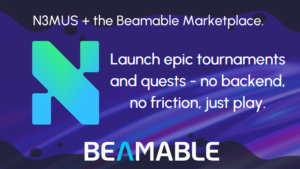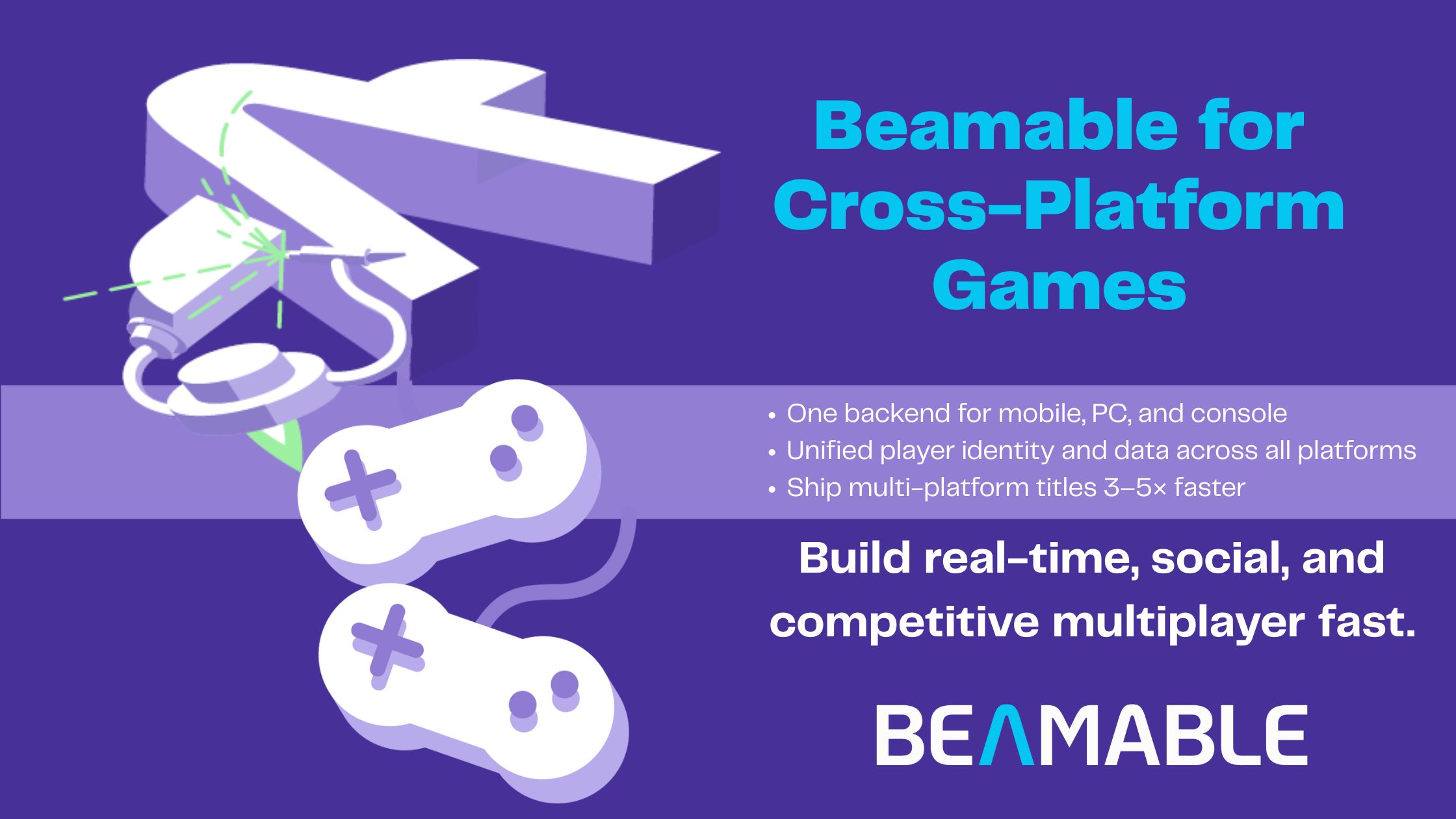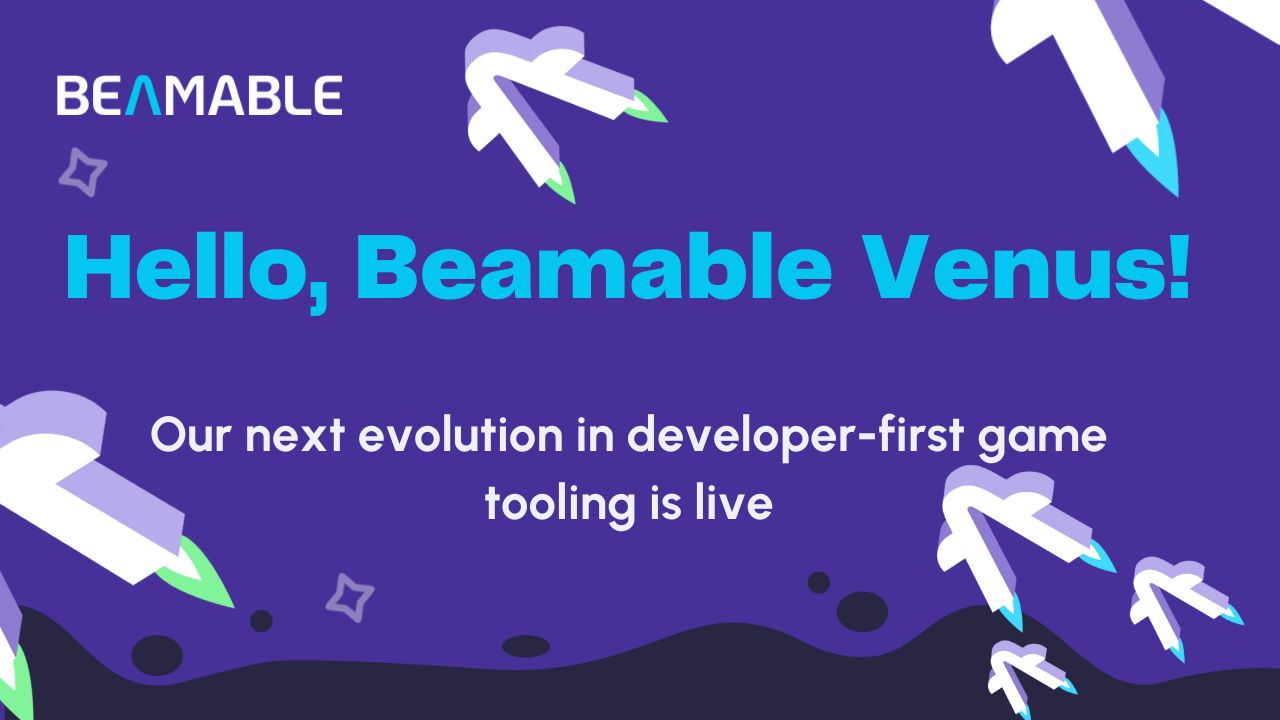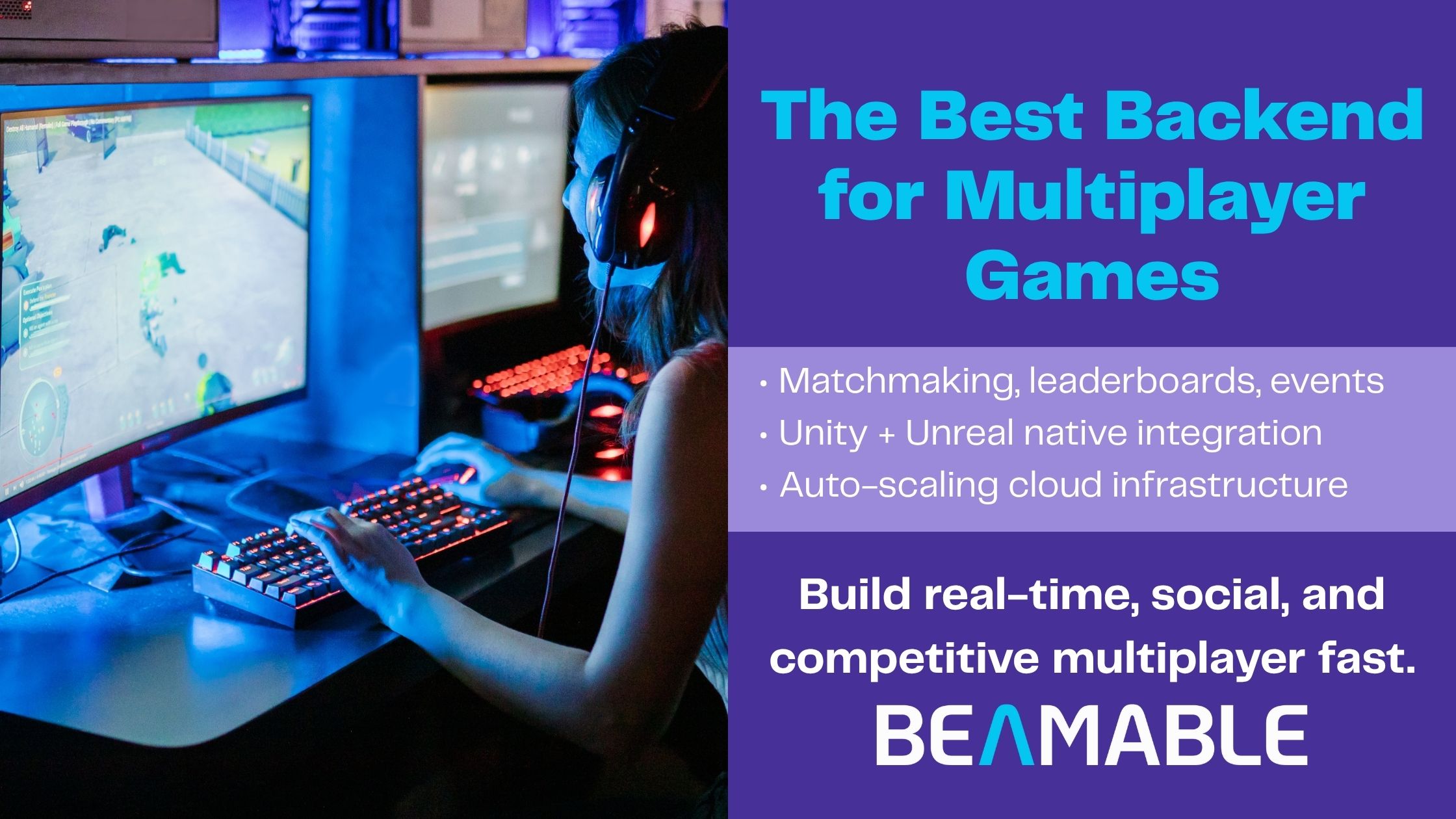Building Games, Not Infrastructure: A Developer’s Guide to Beamable.

Building Games, Not Infrastructure: A Developer’s Guide to Beamable.
The Problem We’re Solving
If you’re building a live service game, you are likely aware of the degree of complexity, as you have spent months architecting backend systems, dealing with multiple codebases, and hoping your infrastructure choices won’t come back to haunt you.
You’re not alone; research shows that 95% of game studios are running or planning to launch live service games. With this in mind, we at Beamable provide a comprehensive suite of tools that allows YOU, the developers, to focus on what matters most: gameplay.
2023 game Development Report (Source: Griffin)
Code Where You Already Work
Firstly, we’ve eliminated the context-switching problem. Instead of jumping between different IDEs and environments, you can write your server-side logic directly in Unity or Unreal. Here’s what this means for your workflow:
- Write both client and server code in C#
- Debug your entire stack from one place
- Deploy with a single click
- Test and iterate rapidly
Our founder, John, put it best: “The best features can usually be prototyped in days if not hours.” We’ve seen this in action with partners like Mythical Games and Wildcard Alliance, who’ve dramatically accelerated their development cycles.
Infrastructure That Grows With You
Backend dependencies can make or break a live service game. When Amazon discontinued GameSparks in 2022, over 2,000 games were left stranded, and they suddenly needed to rebuild their backend.
We’re making sure that never happens to our partners. Our decentralized infrastructure handles over 10B API calls monthly, but more importantly, you’re not relying on a centralized provider. You get the reliability of enterprise infrastructure with the much-needed element of independence.
The Tools You Actually Need
We’ve built what we wished we had when running live ops for major titles. Our suite of tools include:
- Live Operations – Deploy new content, run sophisticated A/B tests, and manage your entire economy in real time, all without requiring engineering resources or client updates. Perfect for quick iterations and responding to player behavior.
- Development Tools – We’ve unified the traditionally fragmented game development pipeline. Debug your entire stack in one environment, deploy with a single click, and maintain direct communication with players. This isn’t just about convenience; it’s about eliminating the costly context-switching and communication gaps that remain an issue in traditional game development.
- Performance Management – Our system automatically handles player load spikes, distributes content through edge nodes for optimal latency, and provides real-time monitoring of every aspect of your game’s performance. Think of it as having an entire DevOps team built into your infrastructure.
Our DePin Component
Game infrastructure has also traditionally meant choosing between costly private servers or centralized providers. DePIN solves this by creating a cost-effective network where infrastructure is shared and validated across multiple operators. Our DePIN architecture gives you three key components:
- Container Nodes – These nodes execute your custom game logic and C# microservices with enterprise-grade reliability. They’re designed to handle everything from basic inventory systems to complex game-specific modules, scaling automatically with your player base, all while keeping your code exactly where you wrote it.
- Router Nodes – These direct player connections to the optimal servers, continuously optimize for latency, and ensure smooth gameplay regardless of player location. When milliseconds matter for player experience, Router Nodes make sure every interaction happens at peak efficiency.
- Validator Nodes – These nodes continuously monitor the network’s health, verify workload execution, and maintain reliability across the entire system. If any part of the infrastructure isn’t performing to standard, Validators ensure your game automatically adjusts, keeping your players’ experience consistent and secure.
Cost Savings & Developer Impact.
The average studio spends $22M building backend infrastructure. Beamable is changing that equation, with our partners typically seeing an elimination of separate backend teams and pay-as-you-scale pricing.
$22M backend expenditure breakdown (Source: Metaplay)
Here’s what you can expect:
- Before Beamable:
- Multiple codebases
- Separate backend team
- Months of infrastructure setup
- High operational costs
- With Beamable:
- Single codebase
- Unified development team
- Same-day deployment
- Pay-for-what-you-use pricing
Getting Started
We know you want to focus on making your game unique, not rebuilding the same infrastructure everyone else is building. It’s like having to build your own roads and bridges before you can start a delivery service – timely and a waste of valuable resources.
Our SDK integrates directly with Unity and Unreal. No separate backends to manage, no complex deployments to coordinate, just tools that work where you already work.
The Bottom Line
“Code in the fewest languages possible, ideally just one,” is one of our first principles at Beamable. Everything in our platform is designed to let developers focus on what matters – building a great game. We handle the complexity of infrastructure so you can focus on making your game stand out from the crowd.
For more information, please download our technical whitepaper.
Happy developing!




